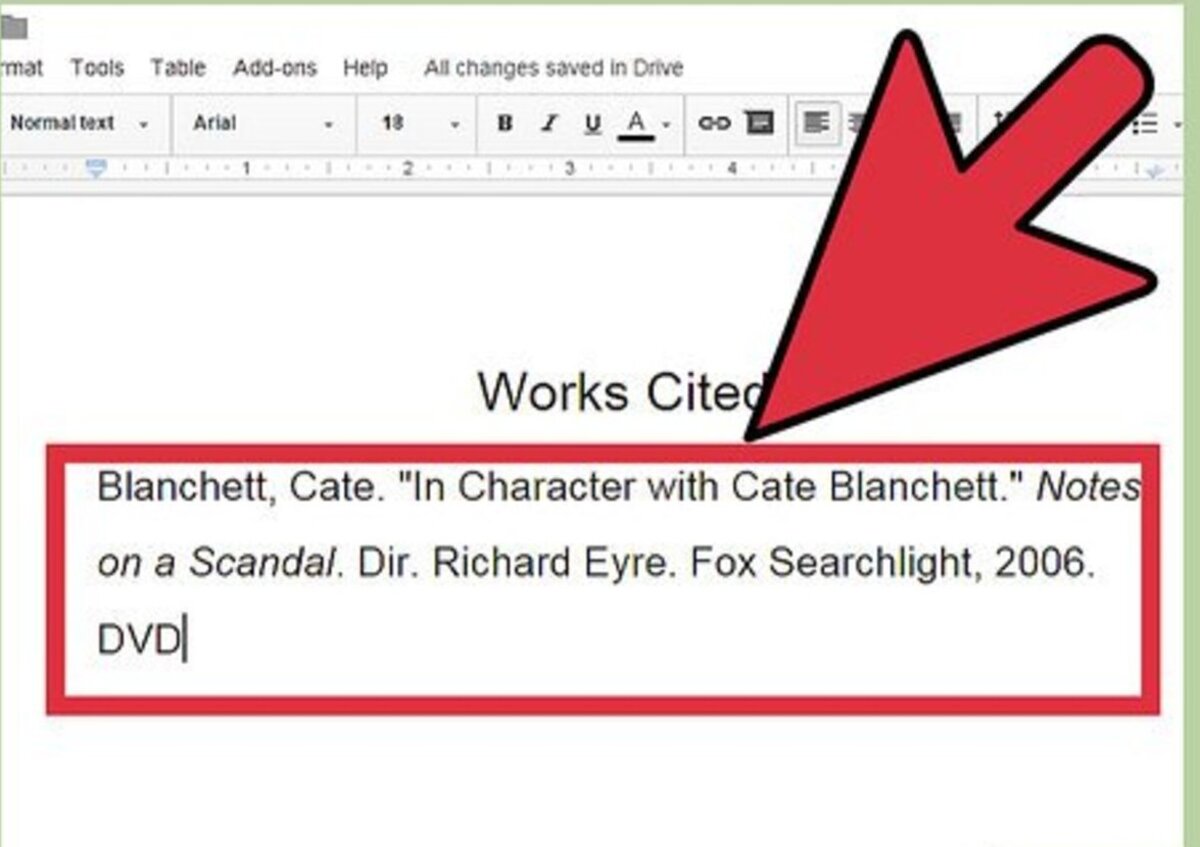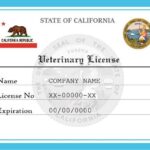Proper citation is a cornerstone of academic integrity, legal precision, and professional credibility. When encountering a report online, many individuals grapple with the question: What is the proper way to cite a report I found online? Should it be cited as an official print source per BB 18.2.1, or as a website? How do I know if it’s only available online? This comprehensive guide delves into these queries, providing clear, actionable insights to ensure accurate and effective citations.
1. Understanding Citation Standards
Citing sources correctly is essential for validating your work and enabling readers to locate original materials. The Bluebook: A Uniform System of Citation (commonly referred to as Bluebook) is the authoritative guide for legal citations in the United States. Rule 18.2.1 specifically addresses how to cite various types of sources, including reports found online.
Importance of Adhering to Citation Standards
Adhering to established citation standards like the Bluebook ensures consistency, reliability, and professionalism in your writing. It prevents plagiarism, gives proper credit to original authors, and allows your audience to verify sources effortlessly.
Example:
- Incorrect Citation: Doe, Renewable Energy Report, URL.
- Correct Citation (Bluebook): Jane Doe, The Future of Renewable Energy (2021).
2. Citing Online Reports as Official Print Sources per BB 18.2.1
According to Bluebook Rule 18.2.1, if a report is available in both print and online formats, the preference is to cite the print version. This preference is due to the permanence and reliability associated with printed materials.
When to Cite as Print
- Availability in Print: If the report exists in a tangible, printed format.
- Official Print Version: When the printed version is the primary or authoritative edition.
Example:
- Print Citation: U.S. Department of Education, Annual Report (2020).
Exceptions to Print Preference
However, if the online version is the official or authenticated version, or if it is more accessible and up-to-date than the print version, citing the online source is acceptable.
Example:
- Online Citation: U.S. Department of Education, Annual Report (2020), https://www.ed.gov/annualreport2020.
3. When to Cite as a Website
If the report is exclusively available online and lacks a print counterpart, it should be cited as an internet source. This distinction is crucial to maintain the accuracy and integrity of your citation.
Criteria for Citing as a Website
- Exclusively Online: The report is only accessible through the internet.
- No Print Edition: No printed version exists or is available.
- Dynamic Content: The online report may receive updates or revisions that are not reflected in a print version.
Example:
- Website Citation: Jane Doe, The Future of Renewable Energy, Environmental Insights (2021), https://www.environmentalinsights.org/future-renewable-energy.
Ensuring Accuracy in Website Citations
- Stable URL: Use the most direct and stable URL to ensure long-term accessibility.
- Access Date: Include the date you accessed the report, especially if the content is likely to change.
Example with Access Date:
- Jane Doe, The Future of Renewable Energy, Environmental Insights (2021), https://www.environmentalinsights.org/future-renewable-energy (last visited Apr. 25, 2024).
4. Determining if a Report Is Only Available Online
Understanding whether a report is exclusively online is pivotal in deciding how to cite it. Several methods can help ascertain the availability of a print version.
Methods to Verify Availability
- Check the Publisher’s Website:
- Publishers often indicate whether a report is available in print.
- Look for sections like “Formats” or “Availability.”
- Library Catalogs and Databases:
- Search university or public library catalogs.
- Use databases like WorldCat to check multiple libraries simultaneously.
- ISBN and ISSN Numbers:
- Printed reports typically have ISBNs (for books) or ISSNs (for serials).
- Online-only publications may lack these identifiers or have distinct online identifiers.
- Contact the Publisher:
- If information is unclear, reaching out directly to the publisher can provide definitive answers.
Real-World Example:
- Scenario: You find a report titled Climate Change Impact Assessment by the Environmental Protection Agency (EPA) on their website.
- Steps:
- Visit the EPA’s official website and navigate to the report’s page.
- Look for any mention of print availability.
- Search the report title in the library catalog via WorldCat.
- Check for an ISBN or ISSN on the report’s details.
- Conclusion: If no print version is mentioned and no ISBN is found, it’s likely exclusively available online.
5. Real-World Examples of Proper Citations
Applying these guidelines to real-world scenarios can enhance understanding and ensure practical application.
Example 1: Citing a Government Report Available in Both Print and Online
Scenario: The Department of Health publishes an annual health statistics report available in both formats.
- Print Citation:
- Department of Health, Annual Health Statistics Report (2023).
- Online Citation:
- Department of Health, Annual Health Statistics Report (2023), https://www.health.gov/annualreport2023.
Application: Prefer the print citation if referencing in a context that allows access to the physical report. Use the online citation when the print version is inaccessible or when directing readers to the digital source.
Example 2: Citing a Report Only Available Online
Scenario: A think tank releases a comprehensive analysis report exclusively on their website.
- Website Citation:
- John Smith, Economic Forecast 2024, ThinkTank Insights (2024), https://www.thinktankinsights.org/economic-forecast-2024.
Application: Since there’s no print version, citing it as a website is appropriate and necessary.
Example 3: Citing a PDF Version of a Print Report Found Online
Scenario: A printed government report is available as a PDF on the official website.
- Citation:
- Department of Commerce, Market Analysis Report (2022).
Application: Even though accessed online, cite it as a print source if the PDF is an exact replica of the printed version. If the PDF includes additional online-only content, consider noting this in your citation.
6. Key Takeaways
For readers seeking a quick summary, here are the essential points to remember when citing online reports:
- Prefer Print Citations: According to BB 18.2.1, use print citations if a print version exists.
- Cite as a Website: If the report is exclusively available online, cite it as a website.
- Verify Availability: Use publisher websites, library catalogs, and ISBN/ISSN numbers to determine if a print version exists.
- Use Stable URLs and Access Dates: Ensure your online citations remain accessible and accurate over time.
- Consistency is Key: Maintain consistent citation formats throughout your work to enhance professionalism and readability.
7. Frequently Asked Questions (FAQ)
A1: Generally, per BB 18.2.1, you should cite the print version if it is available. However, if the online version is the official or most up-to-date version, citing it is acceptable.
A2: An online citation should include the author, title of the report, publisher, publication year, URL, and the date you accessed the report if the content is subject to change.
A3: List all authors in the order they appear on the report. If there are more than three authors, you can list the first author followed by “et al.”
A4: Use “n.d.” (no date) in place of the publication year and ensure to include the access date. For example: Jane Doe, Report Title (n.d.), https://www.example.com (accessed Apr. 25, 2024).
A5: If you are using the original language in your work, cite it as is. If translating, provide the original title followed by the translated title in brackets.
8. Real-World Case Study: Accurate Citation in Legal Writing
Scenario: A law student is writing a paper on environmental regulations and references a report published by the Environmental Protection Agency (EPA). The report is available both in print and online.
Challenge: Determining the correct citation format to adhere to Bluebook standards.
Solution:
- Verify Availability: The student checks the EPA website and library catalogs, confirming the report exists in both formats.
- Prefer Print Citation: Following BB 18.2.1, the student cites the print version:
- Environmental Protection Agency, Environmental Regulation Report (2023).
- Provide Online Access if Necessary: If the student prefers or needs to cite the online version, they ensure to include the URL:
- Environmental Protection Agency, Environmental Regulation Report (2023), https://www.epa.gov/environmental-regulation-report-2023.
Outcome: The student’s paper adheres to citation standards, enhancing credibility and allowing readers to locate the source easily.
9. External Resources
For further guidance and detailed examples, consult the following authoritative sources:
- The Bluebook: A Uniform System of Citation
- Purdue Online Writing Lab: Bluebook Citation Guide
- WorldCat Library Catalog
- Environmental Protection Agency Publications
Read More: Animation Law Regarding Representation
By mastering the nuances of citing online reports, you ensure your work maintains high standards of accuracy and professionalism. Whether opting for a print citation or recognizing the necessity to cite a website, understanding these guidelines empowers you to present well-researched and credible content.










